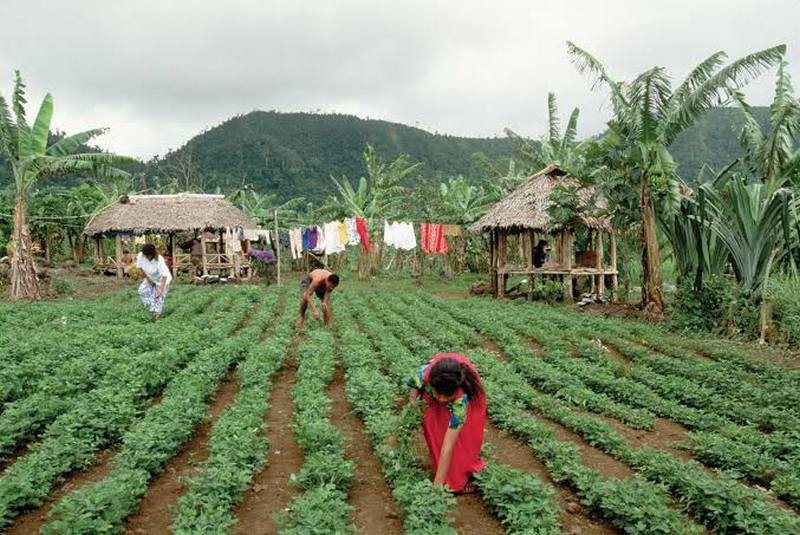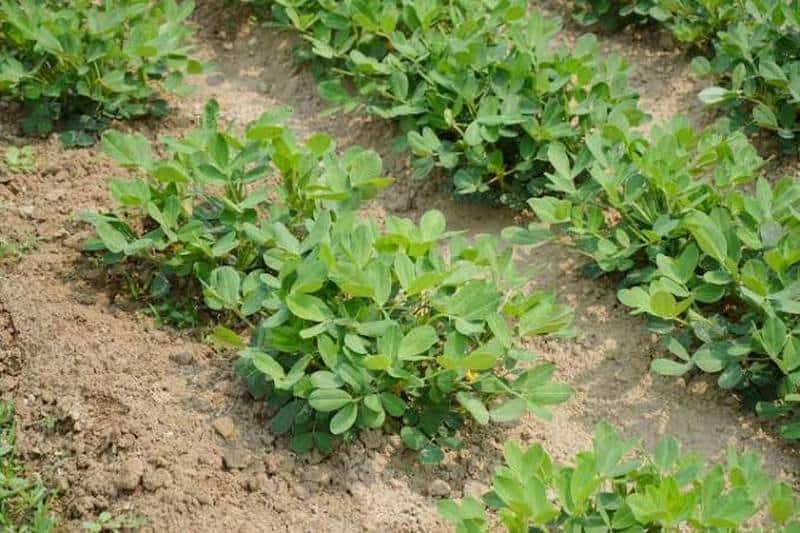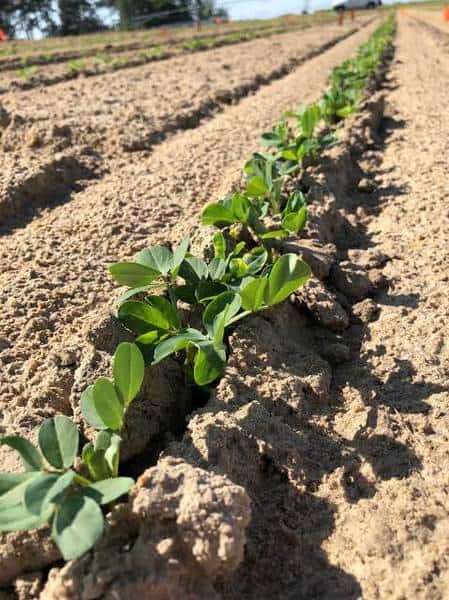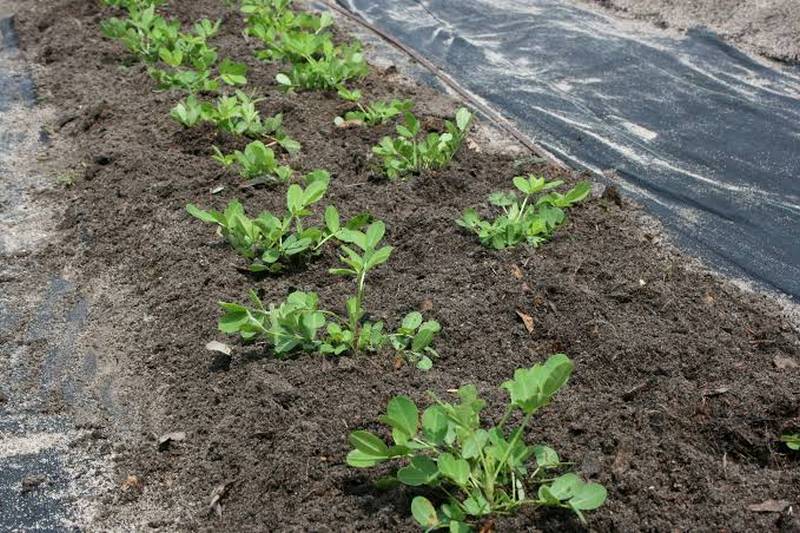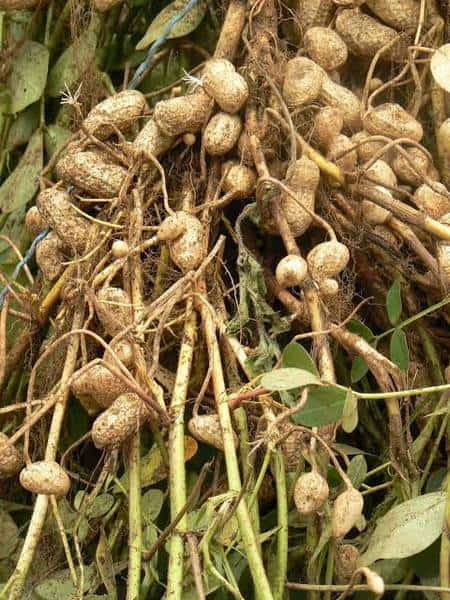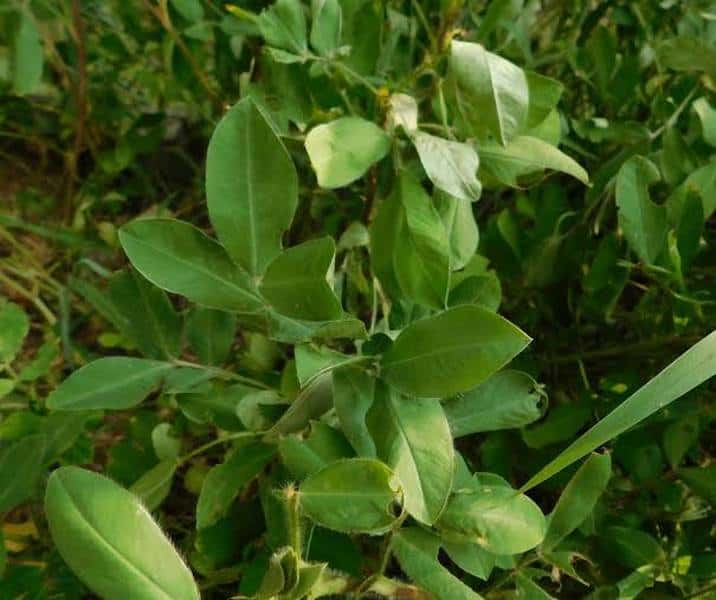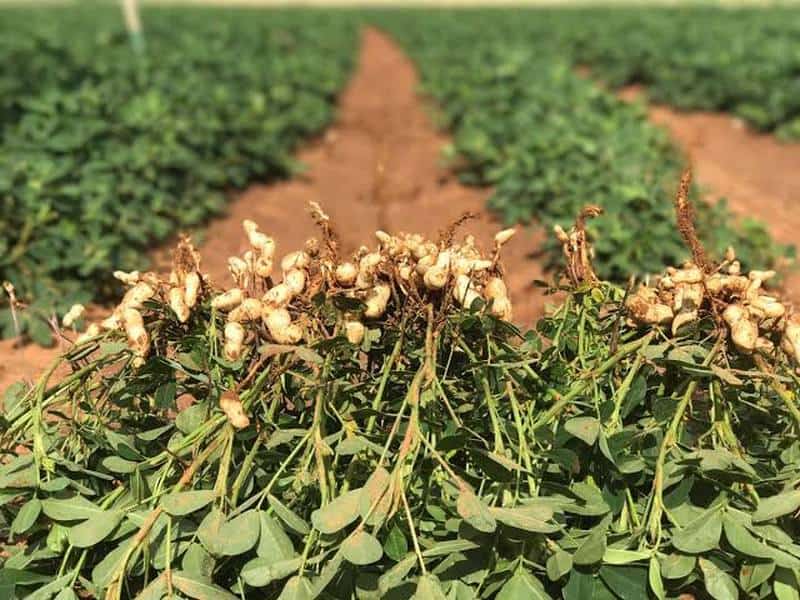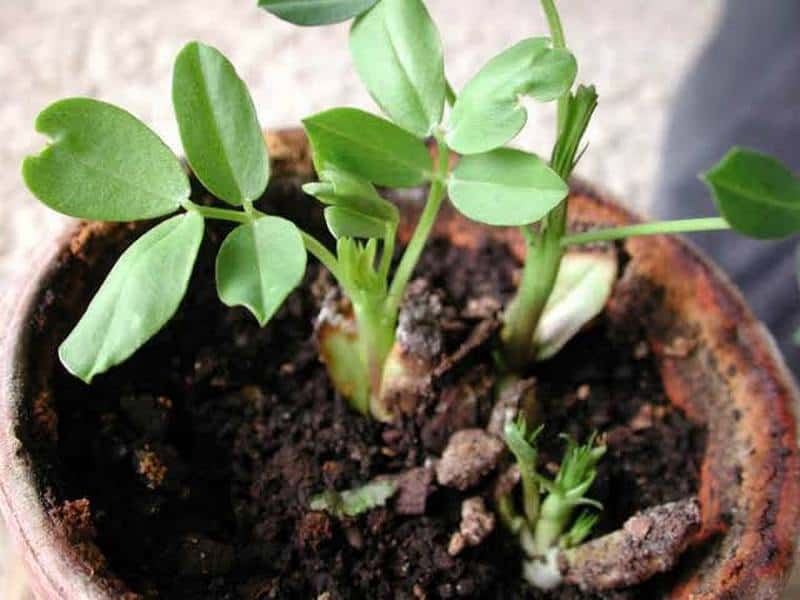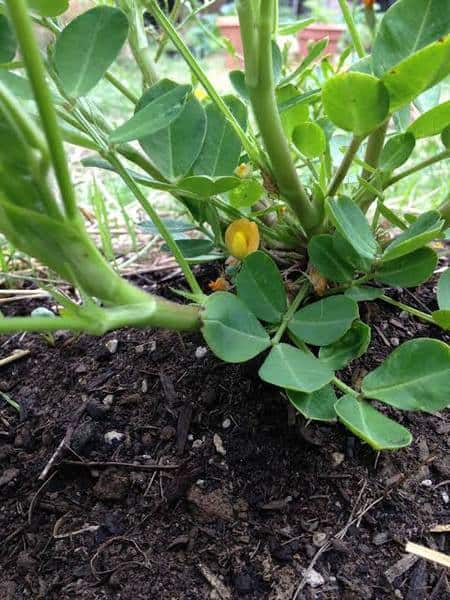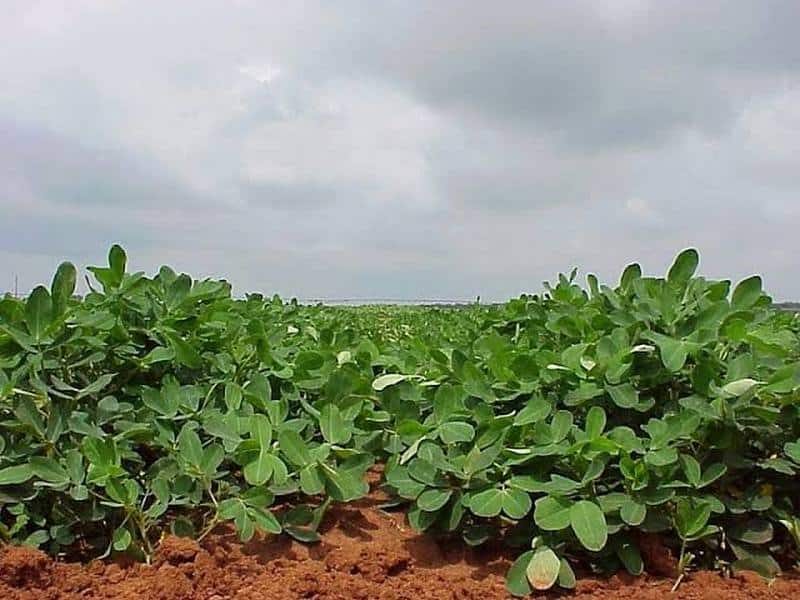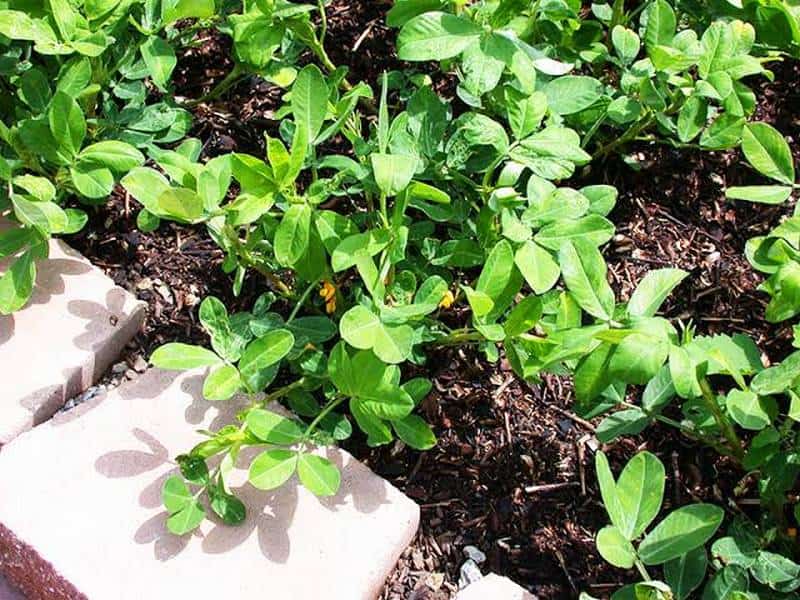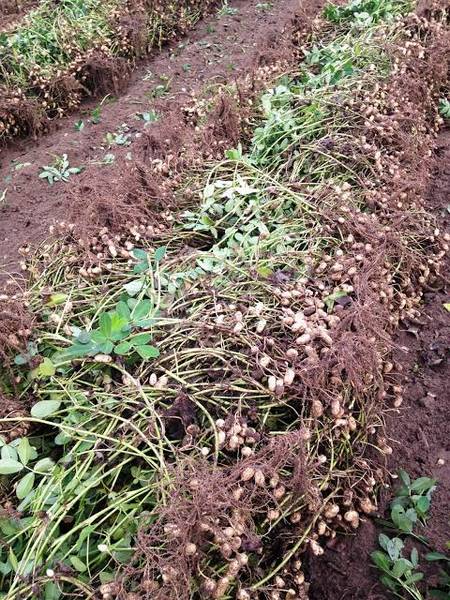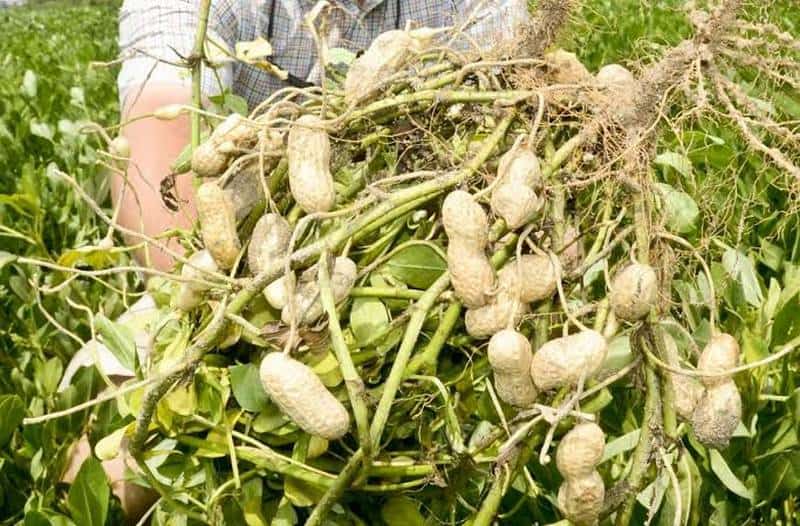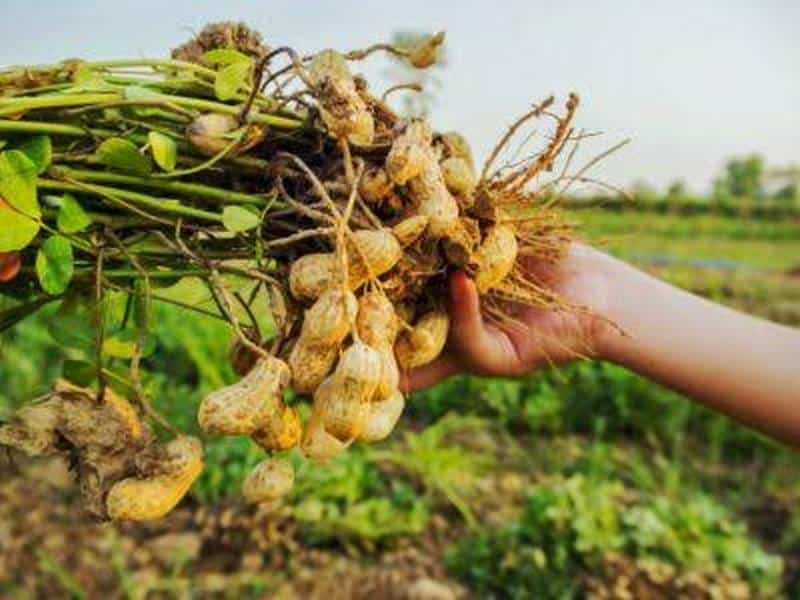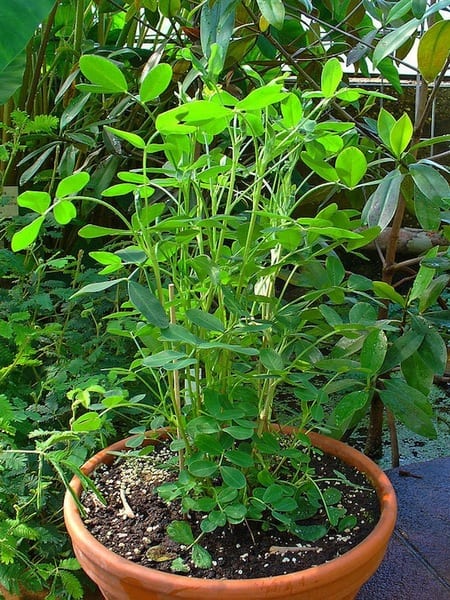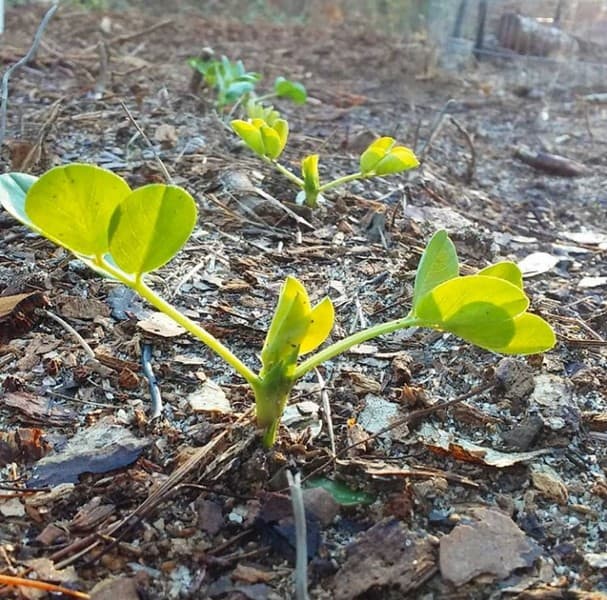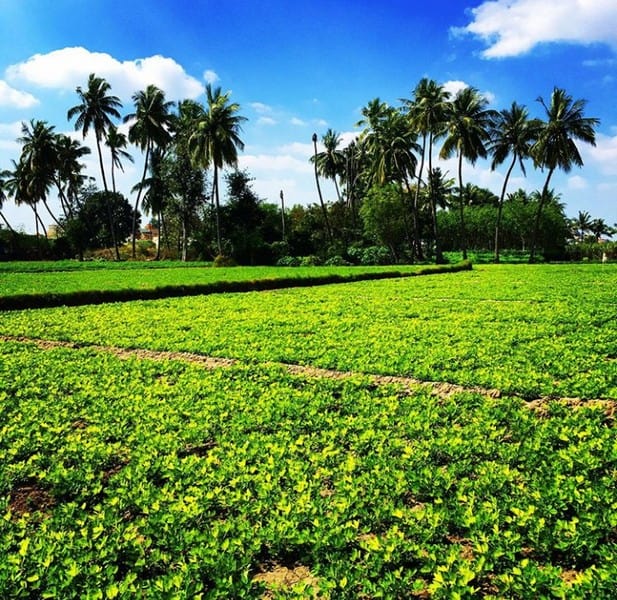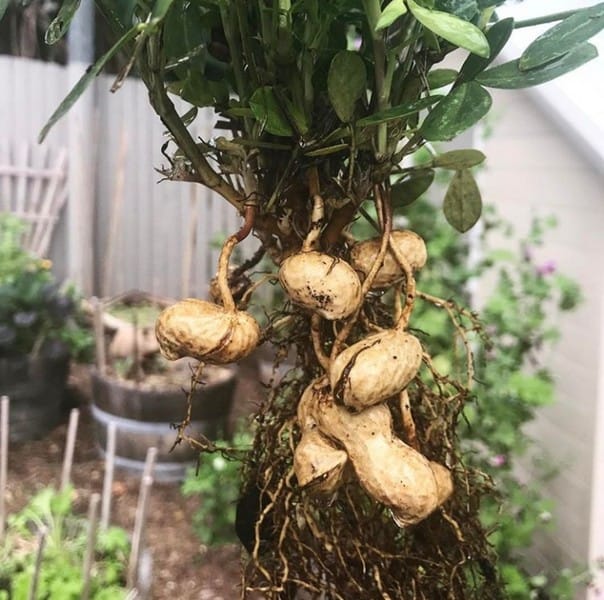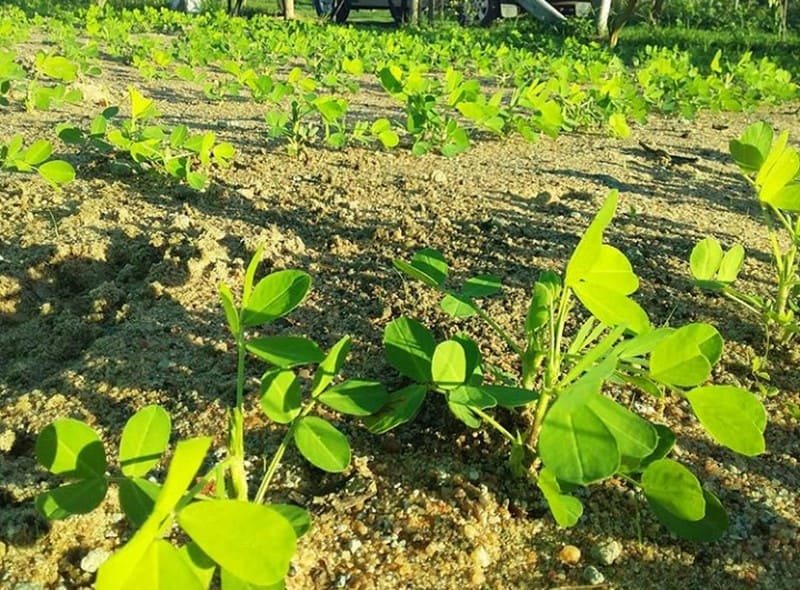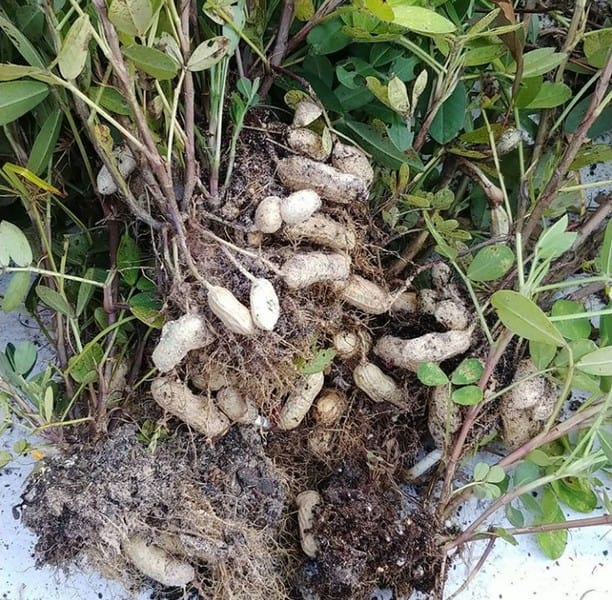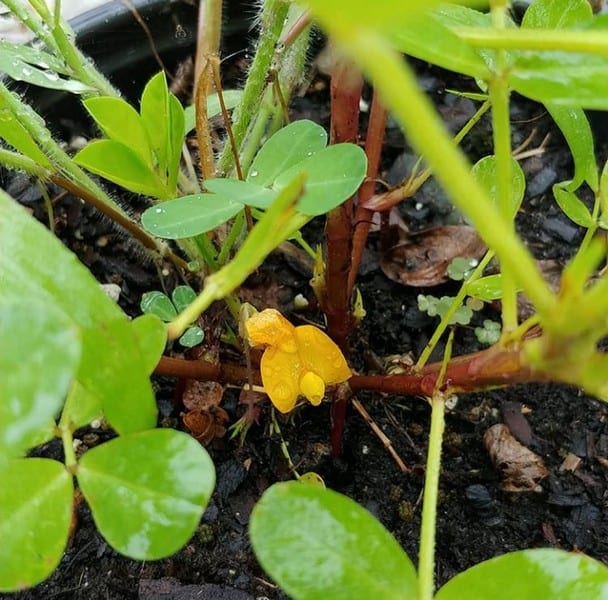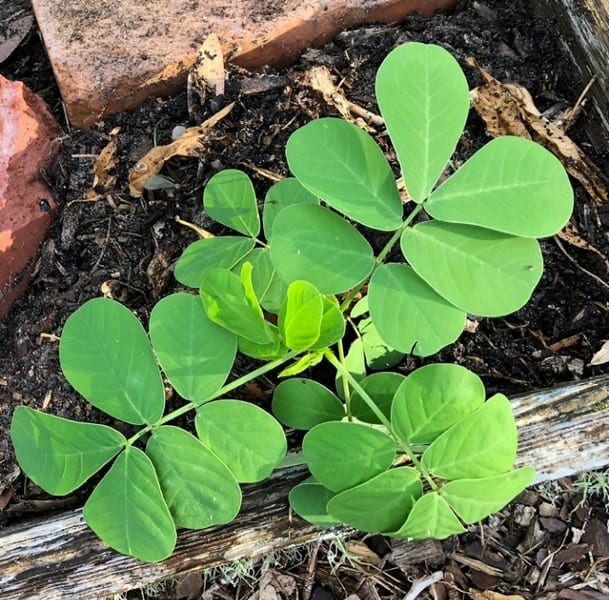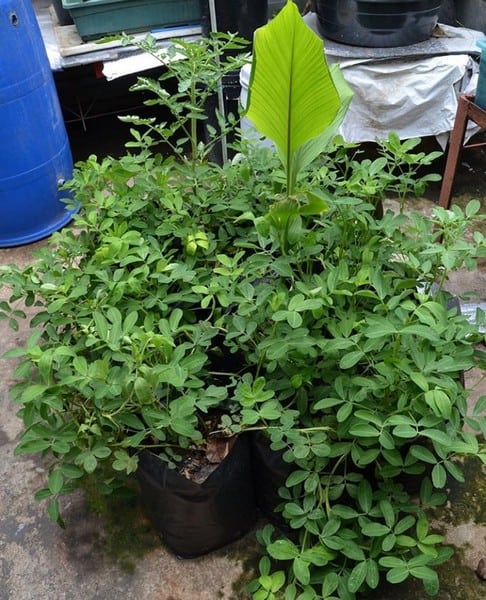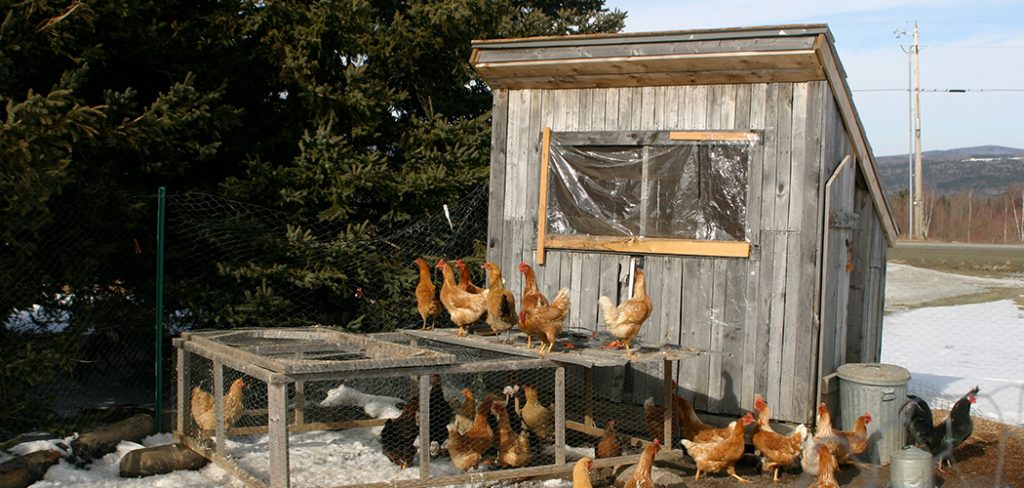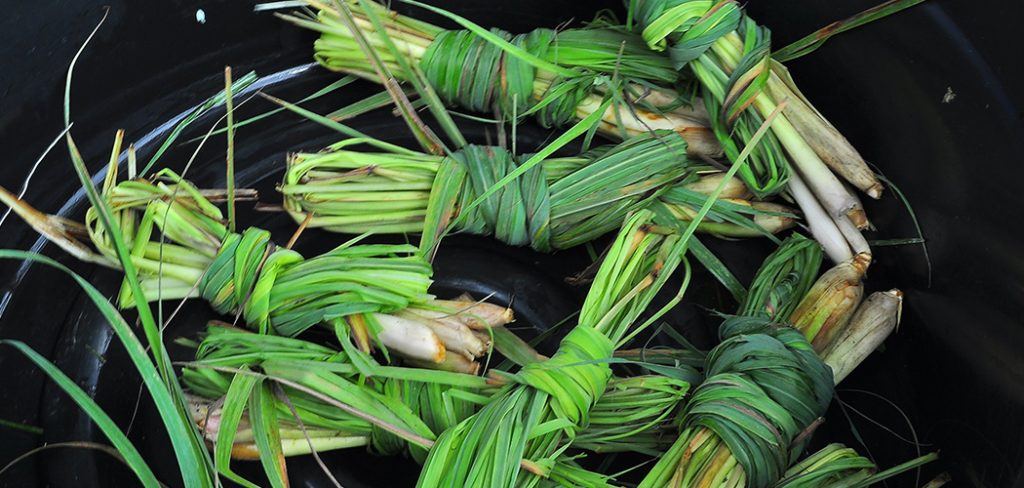Peanuts are quite popular and a favourite snack of many people out there due to a unique taste. However, how many of you know that the Peanut is actually not a nut? That’s right; Peanuts are vegetables, belonging to the family of legumes – including peas and beans. And growing peanuts are easy.
They are quite easy to grow and require little or no maintenance, but if you are looking to start your own peanut garden, there are some things you need to know. That’s why we have taken time to list tips that will make growing peanuts so much easier for you.
Tips on Growing Peanuts
1. Choosing a site
Peanuts do well in full sunlight, hence when choosing a site, pick one that is directly exposed to the sun. The soil should be loose, well-drained and rich in organic matter as well – preferably sandy loamy soil.
For hard soil, dig it up a bit to loosen it, removing debris, stones and sticks you might come across. Work in a 2-inch layer of compost and gypsum into the soil.
Hopefully your sustainable backyard farm has such conditions.
2. Planting Peanuts
Peanuts require an average of 100 to 120 frost-free days after planting to reach full maturity. Therefore, choose a period after the average last frost day in the to sow your seeds.
This way, your peanuts will have enough time to grow and become ready for harvesting before the next frost hits.
Alternatively, you could grow your peanuts in containers, five to eight weeks before the frost is expected to clear. After the frost is gone and the soil temperature has dropped to at least, 65°F, you can then transplant the peanut seedlings.
When choosing peanut seeds to plant, pick raw, fresh, uncooked peanuts still in their shells. You can also buy young seedlings at farm shops.
Sow peanut seeds at depths between 1 to 3 inches. Give a space of about 8 inches between the seeds and plant them in rows that are 2 to 3 feet apart.
3. Care and maintenance while growing
At the initial stages, peanuts require constant, even watering. Once they finish flowering, reduce the frequency at which you water them.
When your plants reach a height of 6 inches, loosen the soil around the base of each plant. Peanut stems grow downwards, therefore, doing this will make it easier for them to get underground.
After doing this, hill your plants. This simply means forming the soil around the groundnut plant into small hills that will cover the base of the plant and then mulch with dry grass. By doing this, you are protecting the peanuts from the sun.
Peanuts are legumes and are able to convert nitrogen from the air into essential minerals, hence they don’t need additional fertilizer.
4. Harvesting Peanuts
Peanuts are usually ready to harvest between 120 to 150 days after harvesting.
When the leaves begin to turn yellow, dig up the plants. Shake off soil from the peanuts and hang them up in a warm, well-ventilated area, away from direct sunlight. Once they are completely dry, you can begin shelling to remove the pods.
Peanuts can be eaten raw or roasted. If you are not ready to use them immediately, they can be stored for up to a year. Similar to growing potatoes.


